As someone who actually prefers The Amityville Horror (2005) to the original 1979 movie, I knew I wanted to take a moment and celebrate the remake’s 20th anniversary today. While I appreciate how director Stuart Rosenberg’s original is well-made and features strong performances from its leads, I’ve always found it to be more of a family drama that has some intense supernaturally-fueled moments to it. With Amityville (2005), I’ve always felt that the remake not only gives us deeper characters to invest in, but it is genuinely scary at times and it does what all good cinematic retellings should do — respect its roots but also do something different from the source material.
When it comes to all of the Platinum Dunes remakes out, I still believe that The Amityville Horror is one of the better ones and deserves to have a little love thrown its way, especially for its 20th anniversary.
The Amityville Horror remake gives us a pretty similar story to the original, but does deviate in some significant ways which made me an instant fan. Director Andrew Douglas (who had only really done documentary filmmaking before taking on Amityville) was pretty much a first-timer at the helm, and he was working from a final screenplay from Scott Kosar (who also wrote the Texas Chainsaw remake, The Machinist, and The Crazies remake as well — a hella impressive run as a screenwriter I must say).
Kosar included a lot of key elements from what we saw in the first film, but he also gave us a lot more of what I felt was lacking from the 1979 version — a better sense of who the Lutz family was and the bond that they shared, which carried them through their heinous experiences after they move into their newly purchased home.
After a grisly flashback sequence of the DeFeo murders, Amityville (2005) introduces us to George (Ryan Reynolds) and Cathy Lutz (Melissa George), and Cathy’s kids who George is doing his best to connect with, as they’re a newly formed family. There’s angsty pre-teen Billy (Jesse James), younger brother Michael (Jimmy Bennett), and the adorable Chelsea (Chloe Grace Moretz, making her feature film debut here).
In the first few scenes, Kosar establishes the family dynamic which will continue to be relevant to the rest of the story. Billy, the oldest of Cathy’s kids, hasn’t quite warmed up to George just yet, while both Michael and Chelsea have accepted their new father figure for the most part (even if they still miss their deceased dad). Cathy and her new hubby decide to do a little house hunting, and of course, I think we all know how that goes, as we see them very soon after moving into 112 Ocean Avenue (a home that features the name “High Hopes” on a placard outside). As everyone settles in, they begin to enjoy the immense property which includes the main house, a shed, and the boat dock where George now parks his speed boat.
Almost immediately, we begin to see the affects of the Amityville residence on George in particular, as he gets sick the very next day. Even on their first night settling in, he already begins to feel cold all the time, and grows concerned with making sure the fire in the basement furnace is kept going. This leads to George’s obsession with chopping firewood, and the more days they stay in their new place, the more the Lutz’s begin to realize that there is something deeply wrong with their new homestead.
Oh, and little Chelsea also makes an imaginary friend named Jodie who may not be so imaginary after all.
As mentioned, my biggest complaint with the original Amityville is that overall, it’s a rather mild horror experience that plays out much more confidently as a family drama than it does as a true scarefest. Maybe its because director Sandor Stern’s script for the 1979 version played it a bit more closely to its source material (Jay Anson’s novel), but honestly, I’m okay with a movie “based on real events” taking a few liberties with its approach if it services the viewing experience. Besides, if I wanted to watch a documentary, I’d do just that. So, I genuinely appreciate that Kosar mixes things up with his 2005 script so that we’re not just getting a beat-by-beat recreation of the 1979 film.
While Kosar sticks to the basics of the Amityville mythology, he also peppers in some folklore in regards to John Ketcham, an elusive figure that’s been (sort of) linked to the days of witchcraft hysteria in Salem, Massachusetts. In his script, Kosar tries to connect the dots between the the house of ill fame and Ketcham’s alleged mistreatment of Native Americans during the 1600s to amplify the supernatural elements of his script.
Admittedly, I don’t know if it’s wholly successful, but I do think the inclusion of the Ketcham backstory left more of an impact on me as a movie-goer than just a singular red room (that was actually a closet), and frankly, I’m more accepting of a remake that takes some chances than one that doesn’t take any chances at all. It’s also worth noting that the Director’s Cut of Amityville (2005) gives us a lot more of the Ketcham backstory and I am a huge fan of how hard this version of the film goes.
Some aspects of The Amityville Horror (2005) are downright nasty, but I think that’s what I appreciate about it. Admittedly, I’m not a big fan of the dog killing scene (it almost makes George unredeemable as a character we should be sympathizing with), but the violence against poor Harry is played off-screen and the heinous nature of this act demonstrates just how far gone Reynolds’ character is at this point in the story.
I will say that the scene that is easily my favorite from the remake is when George punishes his oldest stepson Billy by making him hold pieces of wood as Reynolds’ character chops it with his trusty axe. The idea of a man whose mental state is questionable wielding an axe, especially around children, is something of nightmare scenario already, but I always felt like the original film never quite takes the idea as far as it could go. Amityville (2005) does, though, and the tension that is infused into those moments through Reynolds’ very calculated and deliberate performance in that scene still gets under my skin to this very day.
And even if you’re not a fan of the remake, you cannot deny that watching Reynolds wildly swinging away with an axe just mere inches away from the face of a frightened child isn’t a truly terrific moment of terror. Honestly, that scene is probably even more effective than all of the film’s supernatural elements combined.
Oh, and speaking of spooky stuff, I’d be remiss if I didn’t acknowledge Isabel Conner as Jodie, who portrays Chelsea’s ghostly companion. I don’t completely love the bump of her freaking out at the end of Amityville (2005), just because it feels like such a mid-2000s producer’s request, but it’s easy for me to overlook because of the scene where she terrorizes Lisa the babysitter (Rachel Nichols), tormenting her to the point where Jodie actually sticks the girl’s finger into the bullet hole in her forehead. That’s just delightfully wicked stuff that I still cackle at every single time I watch it (because I’m a terrible person, I know).
Another highlight for me in Amityville (2005) is when Chelsea is up on the roof, as we learn that she’s crawled up there because Jodie has told her that if she does, she’d be able to see her deceased father once again. As someone who is terrified of heights, this sequence still gives me all kinds of butterflies in my stomach. Also, I just wanted to mention that this future Scream Queen did her own stunts for this sequence as well, which still blows my mind.
Something else that I wanted to make mention of here is that in Amityville (2005), not only does Kosar’s script put Reynolds in a scene that the horror genre would typically feature a woman in — the perilous bathtub attack — but in the film’s final, George becomes the damsel in distress so to speak, and is the one who ultimately needs rescuing, which is refreshing to see. So I have nothing but mad respect for Amityville (2005) for subverting stereotypical gender expectations with its story.
To be perfectly honest, when I saw The Amityville Horror (2005) in theaters on its opening weekend, I was bracing myself for the worst going into it. I kind of hated Melissa George at the time (that’s no slight to the actress, as she was such a perfect villain on Alias that it carried over in my opinion of her pretty much for everything she would do after. She was obviously doing something right, in retrospect), and while I was a big fan of Reynolds going into Amityville (2005), I wasn’t sure how he’d fare in a role that was more than him just delivering funny quips and his trademark snark.
But Reynolds and Amityville (2005) really surprised me, especially with some of the film’s more relentless moments, like when Kathy’s hair gets caught in the propeller of the boat which is yet another brilliant sequence in the remake. I must admit that I left the theater twenty years ago wholly surprised, and since then, I’ve probably watched this Amityville least three dozen times, especially the Director’s Cut which I feel is a much better movie overall because it really takes its time ratcheting up the horror that these characters must endure and pushes aspects of the story even further.
I won’t ever try to tell someone who doesn’t like The Amityville Horror (2005) that they’re wrong because art is subjective, and everyone’s opinions are their own. But I would implore anyone who ever wrote this film off as a soulless remake to dig a little deeper with a rewatch, because you might just be surprised at how great of a modern horror movie it truly is (especially the Director’s Cut — seriously).

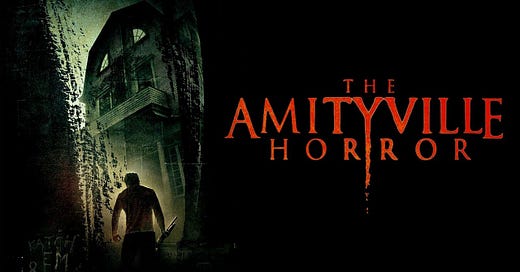



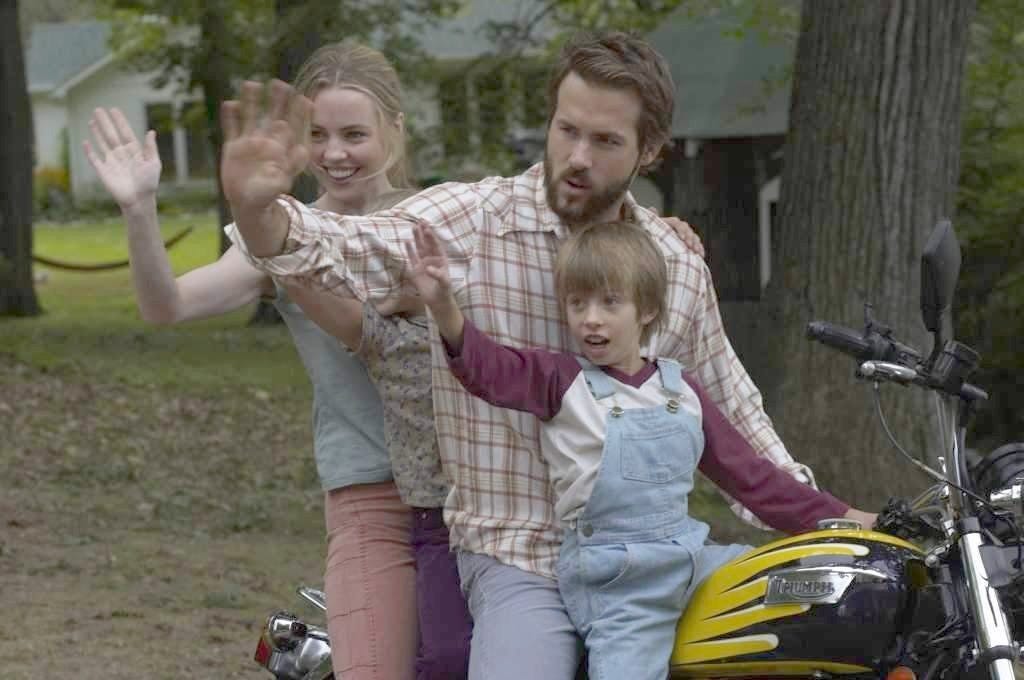
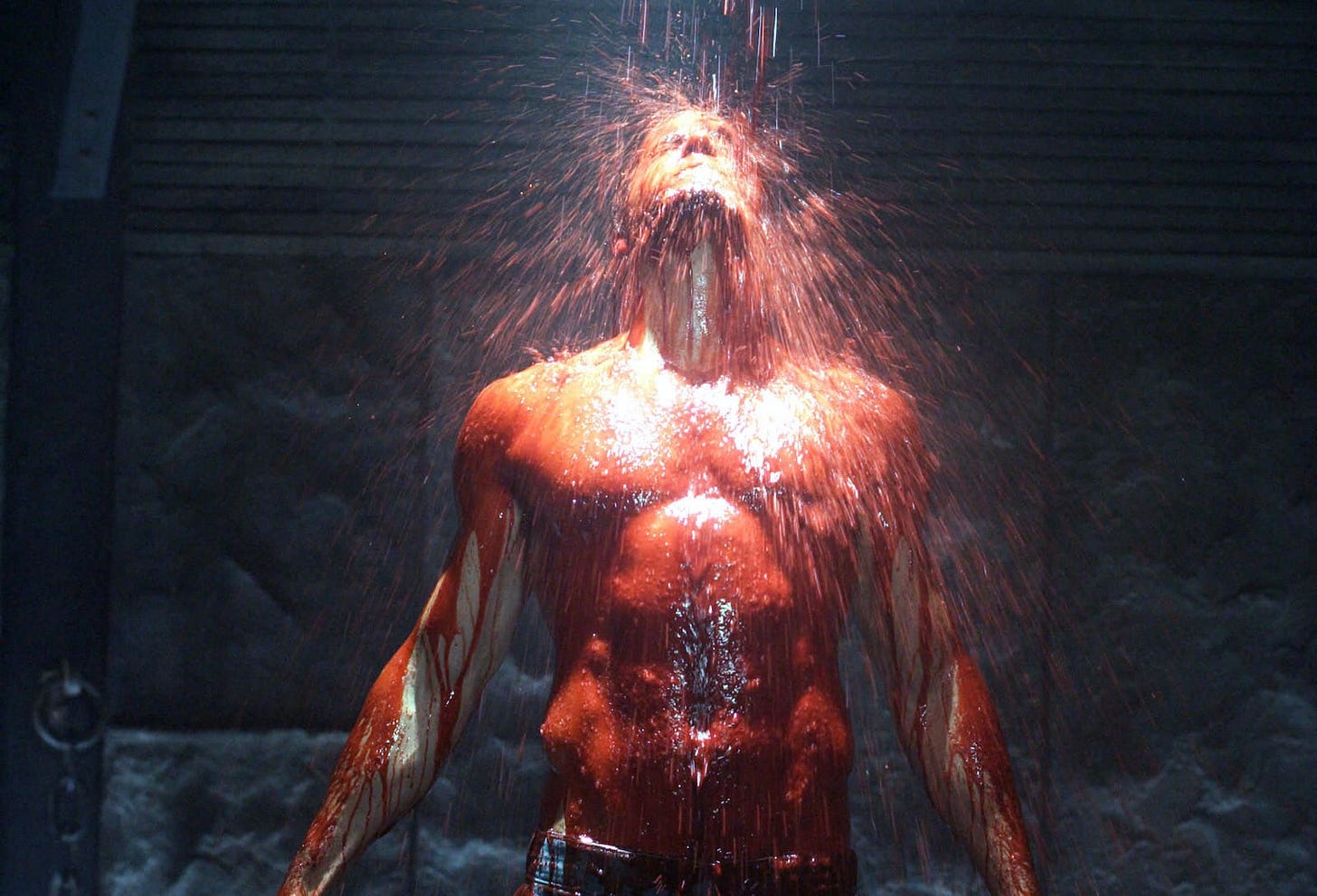

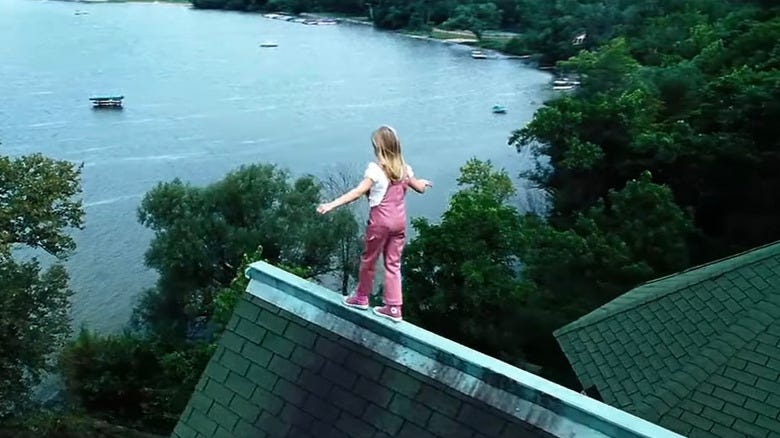
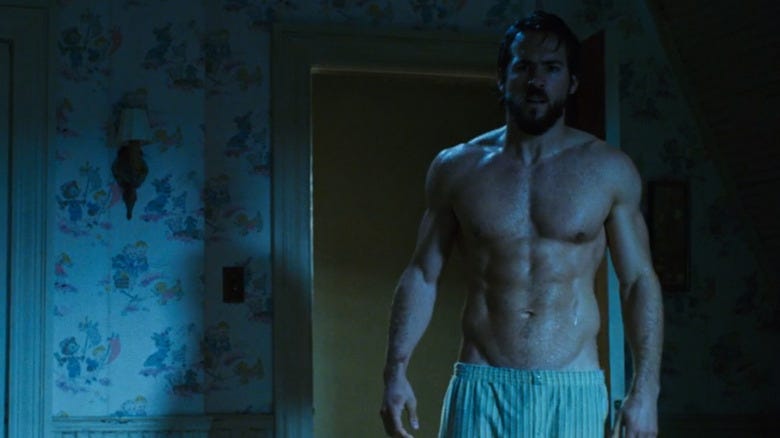
I'm sorry, I REFUSE to belive that it's been twenty damn years! I defended this movie with my whole damn chest when it came out and this was such a great read that now I need to rewatch it :) I agree that this one is much more of a horror than the original and that's where it shines (although I hated the dog killing).
Wow.. this was so amazingly written. I also absolutely love love love The Amityville Horror Remake. It’s such a darker tone than the original like how you openly said in your article which I’m very glad you wrote this because you are absolutely right.